Screening Equipment
The piece of equipment that is used depends on the industry and type of material being processed. Sometimes solids must be separated from solids, and in other applications liquids are removed from solids or vice-versa. While there is a long list of screening equipment, below are a couple of the most popular and common types among bulk material handlers.
Vibratory Screeners
Vibratory screeners are likely the most common piece of screening equipment in bulk applications. As the material moves across the screen, the machine creates vibrations that shake out small particles and remove clumps from the material. This is one of the most effective and efficient ways to separate materials by size. The size of the particles being sifted out can be determined by the pattern and shape of the metal screen and the rate of the vibrations. Vibratory screeners come in many different sizes and can process large volumes of material in certain applications. A linear vibrator is used to gently process dry goods by sifting them on a fine screen at a low frequency and in a stationary horizontal position.
High Frequency Screens
High frequency screens use intense vibrations to separate fine particles in applications like mineral processing. An electromagnetic vibrator connected to the surface of the screen controls the intensity of the vibrations as materials are introduced to the screen from a conveyor. High frequency screens can be used as a secondary screening measure to remove fine particles before or after the primary screening process.
While high frequency screens and vibratory screeners are the most likely to be found in a bulk material handling system, other types of screeners that may be used include: rod decks, disc screeners and star screeners. Each of these is best suited to sort larger individual objects rather than the fine particles or granules that are typically processed in most bulk facilities. In recycling and waste recovery centers, disc and star screeners are usually used to separate recyclable materials based on their size.
Screening equipment in bulk applications allows bulk material handling facilities to refine and purify their materials before they are packaged or shipped to distribution centers. With the right piece of screening equipment in a system, bulk handlers can process material in large volumes without compromising the quality of their product or allowing it to be contaminated by unwanted debris. Applications for screeners vary greatly and can include agricultural products, pet food, bulk baking ingredients, pharmaceutical batches and more. Screening equipment is easy to maintain and designed to operate continuously for high volume production in a busy bulk material handling facility. Some machines are even self-cleaning, meaning that they remove debris from the mechanism without the need for manual cleaning between production runs.
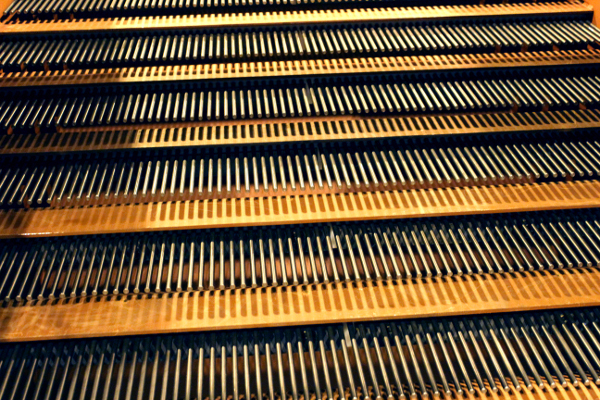
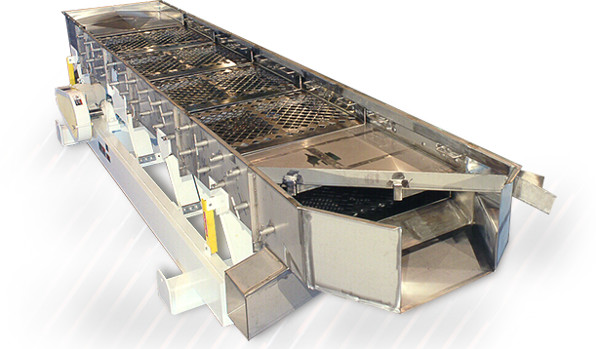
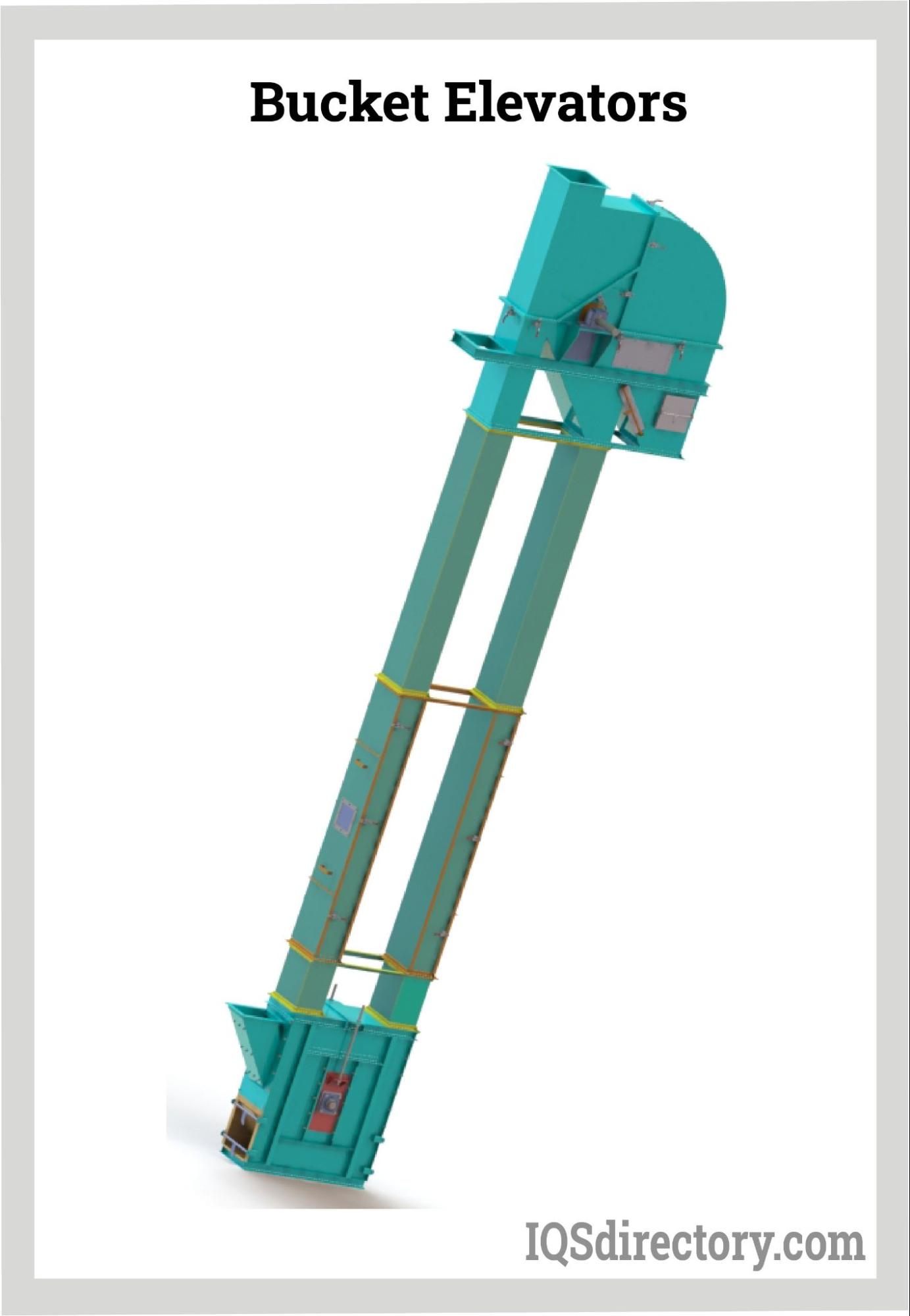
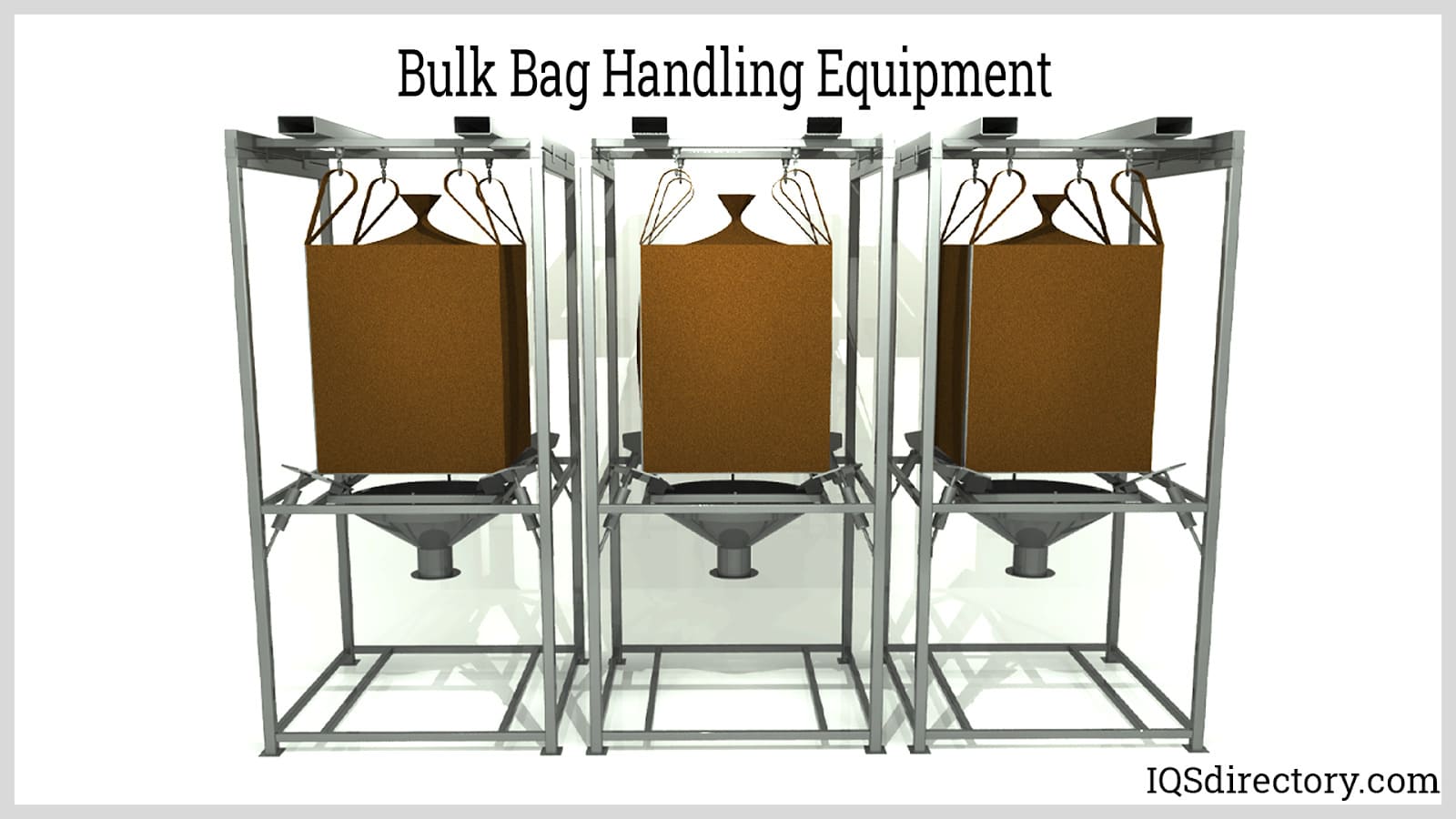
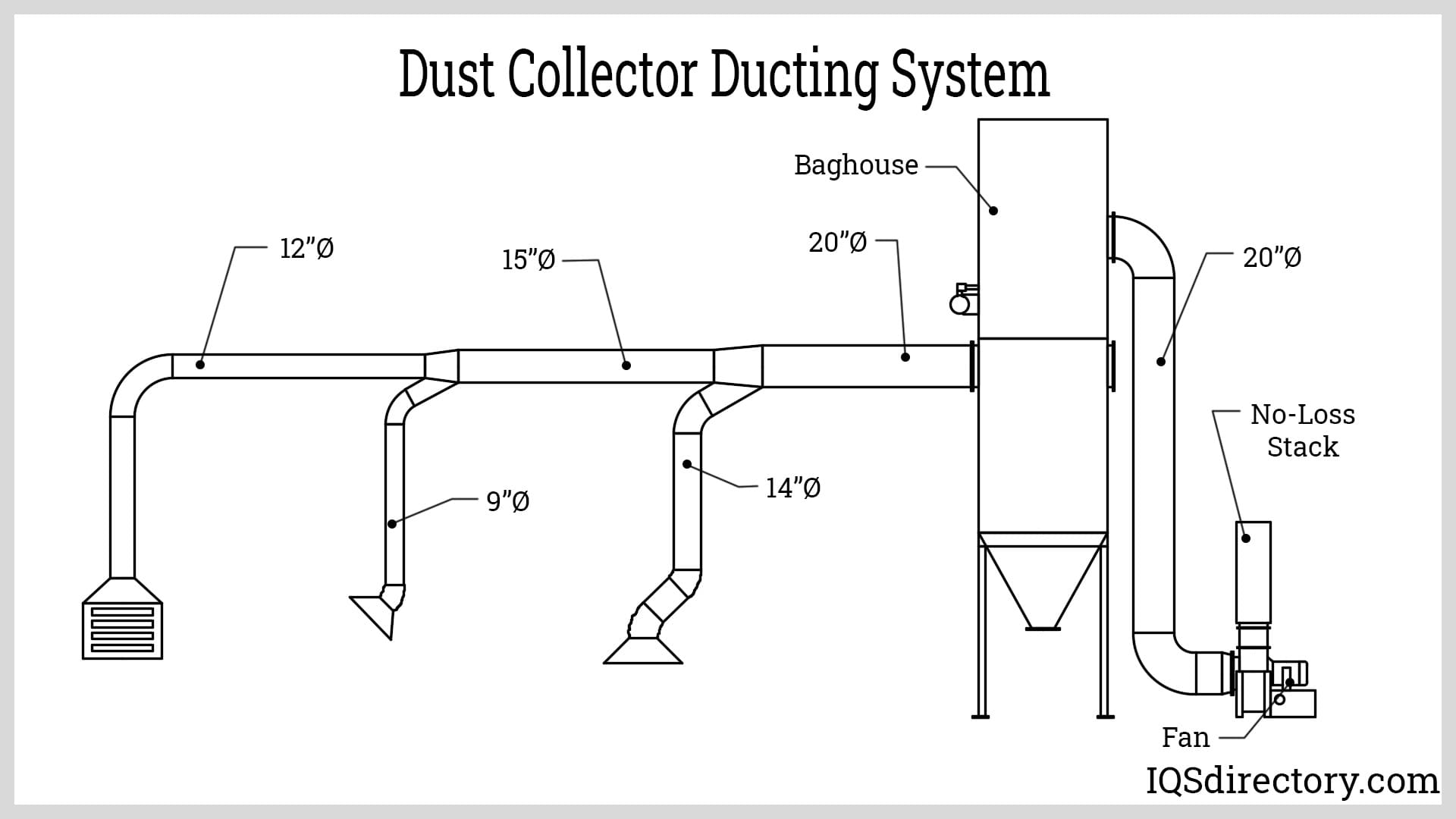
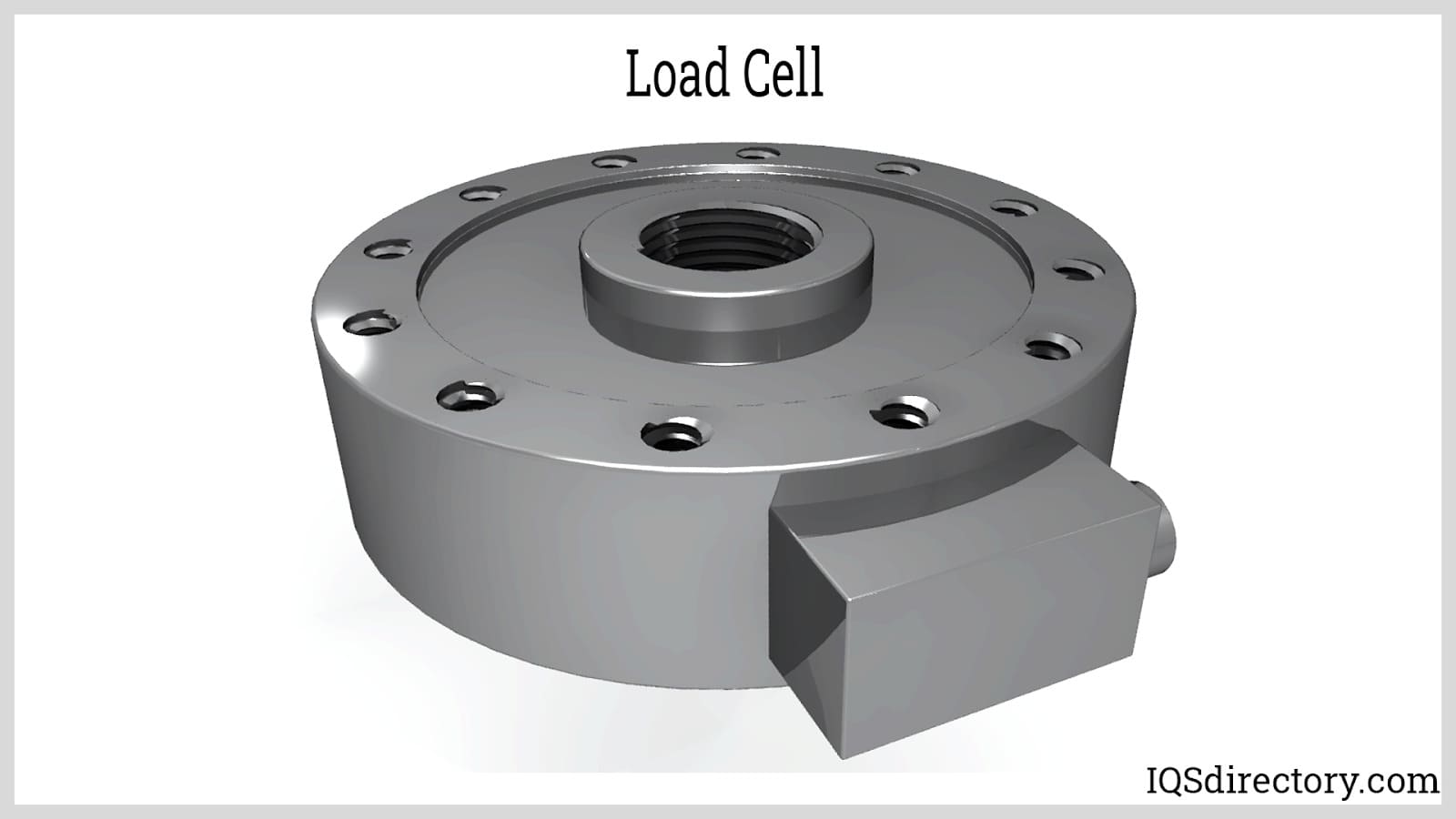
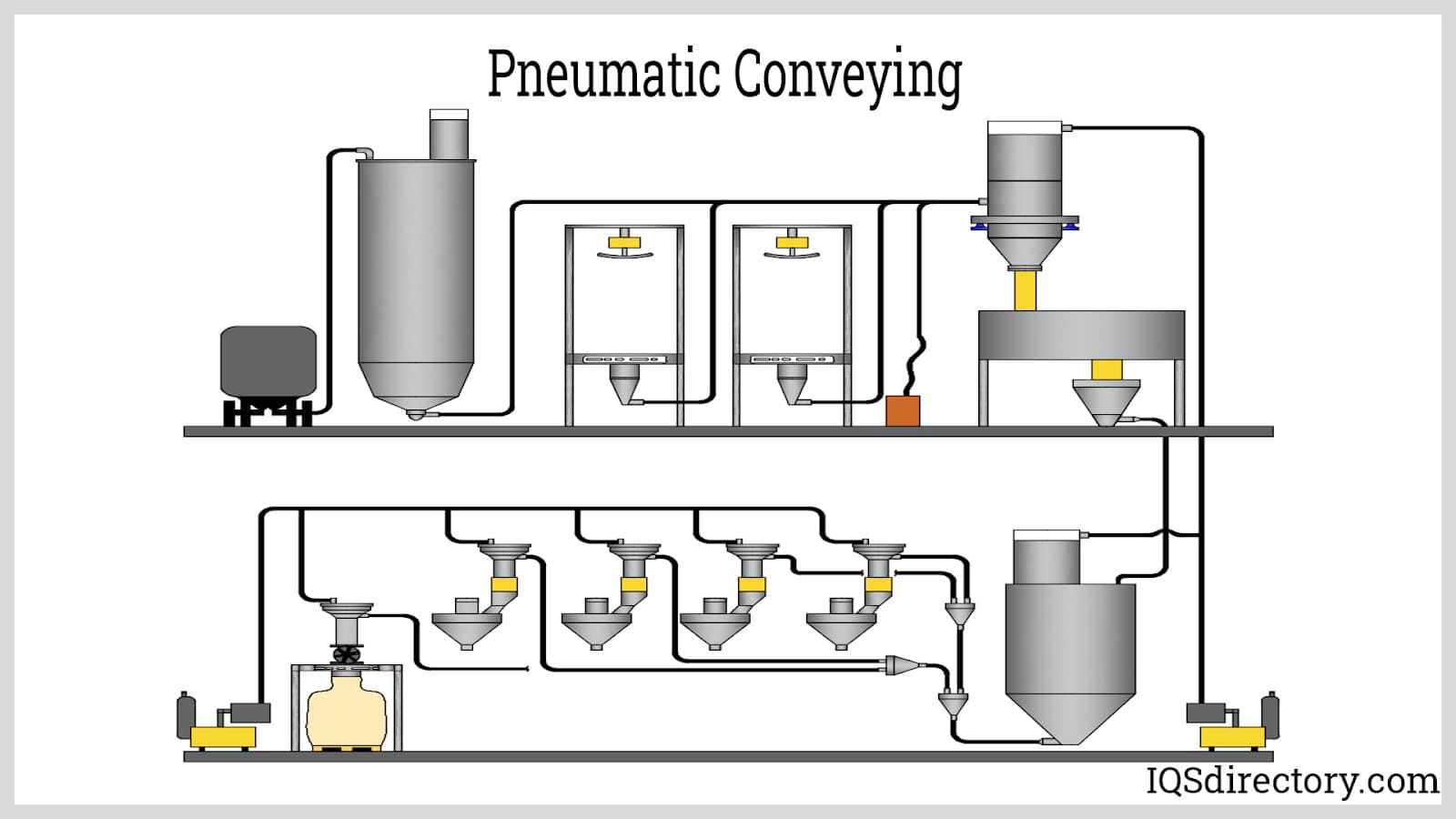
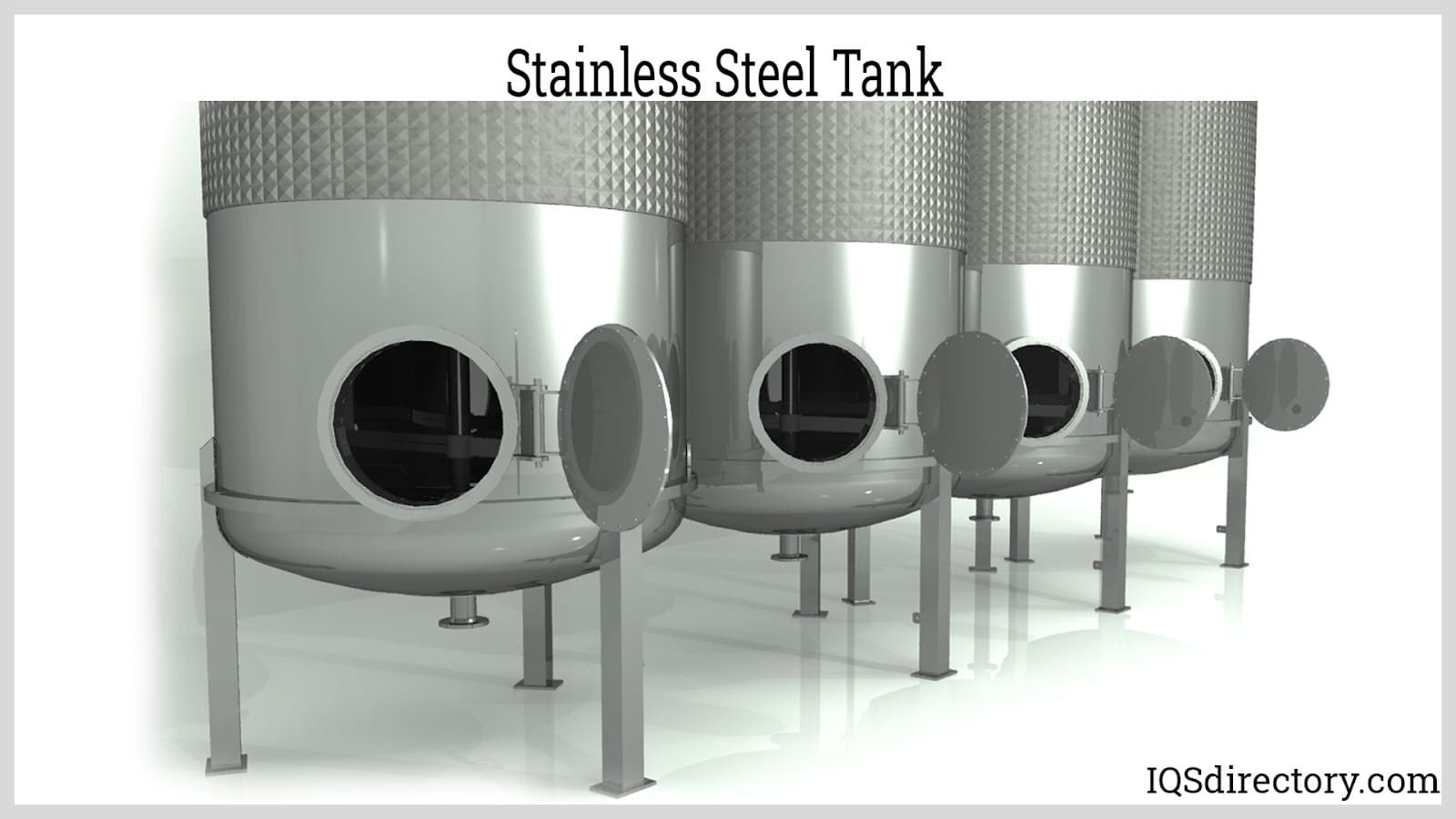
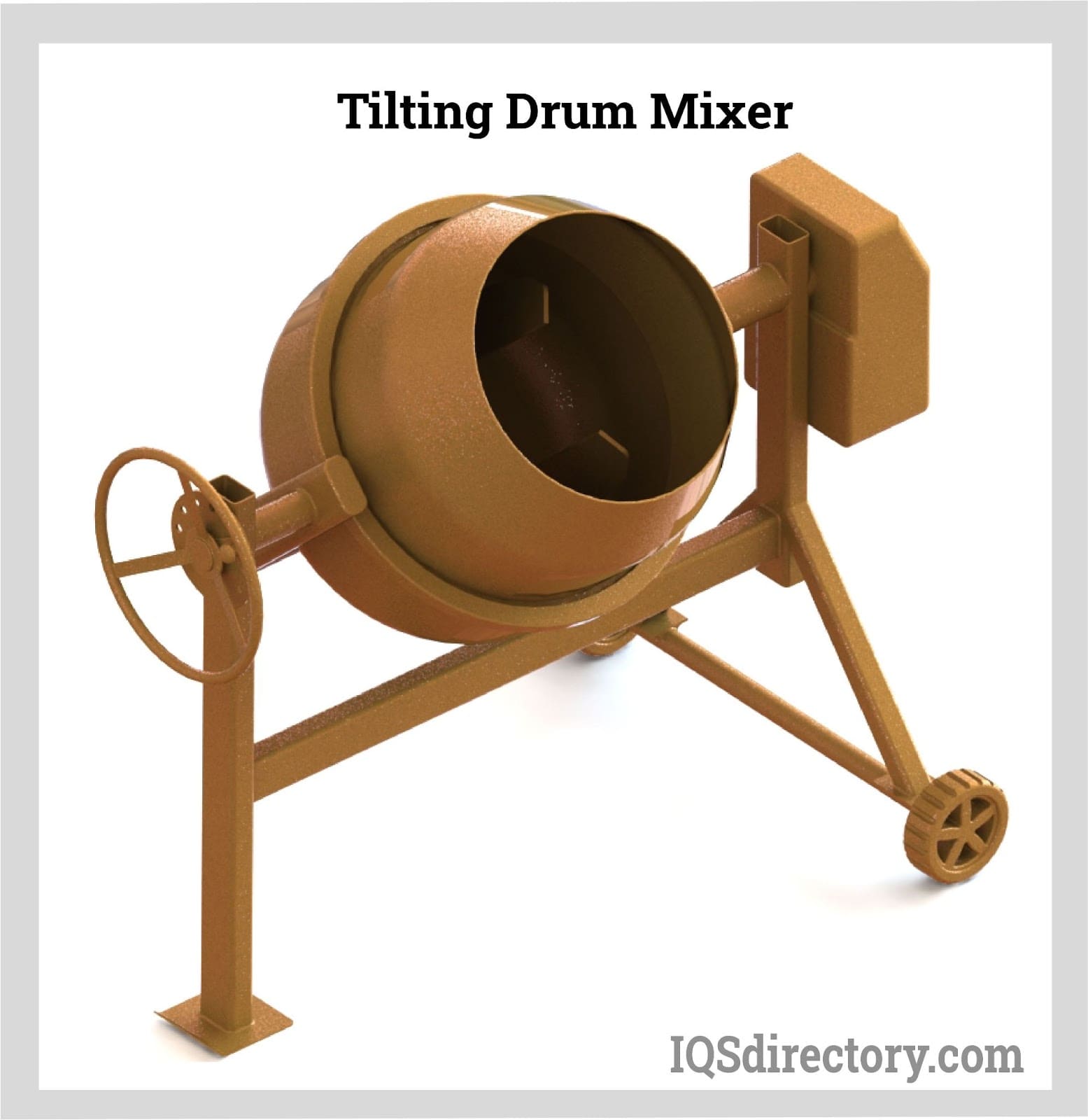
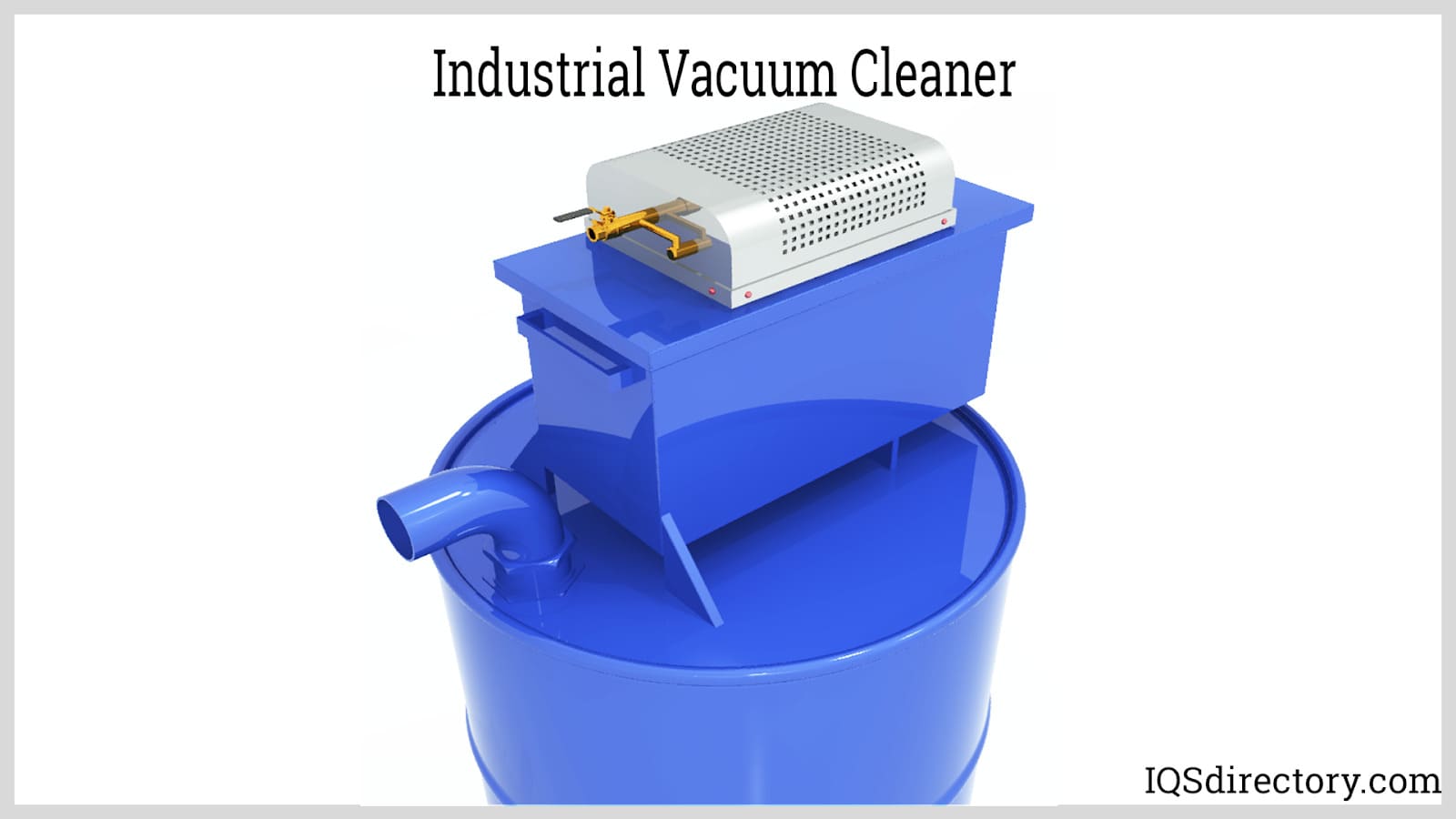

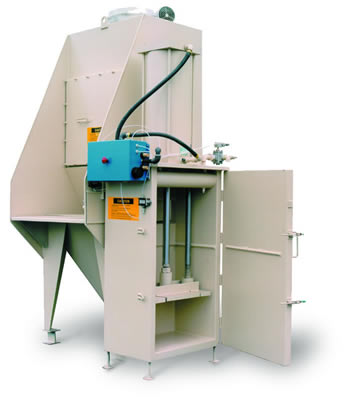 Bulk Bag Handling
Bulk Bag Handling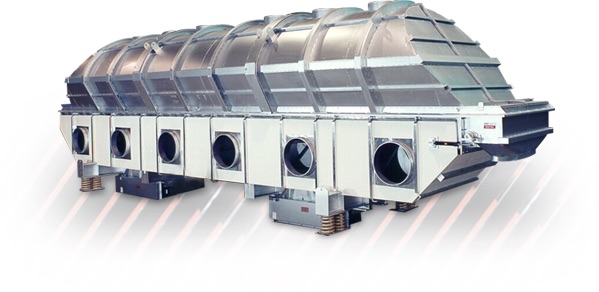 Industrial Dryers
Industrial Dryers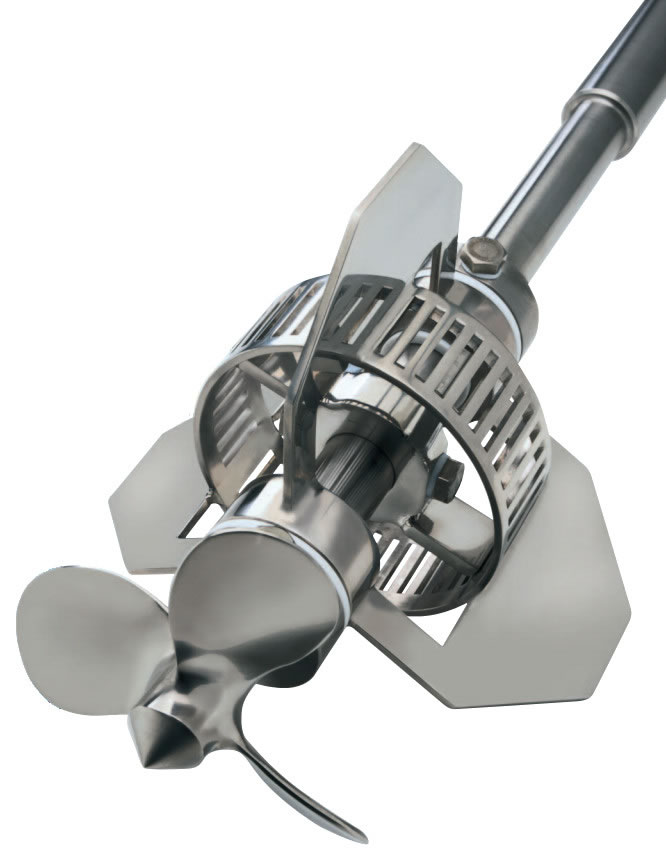 Industrial Mixers
Industrial Mixers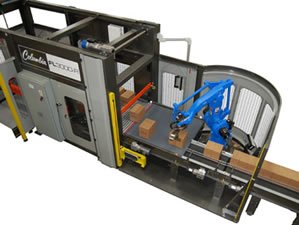 Palletizers
Palletizers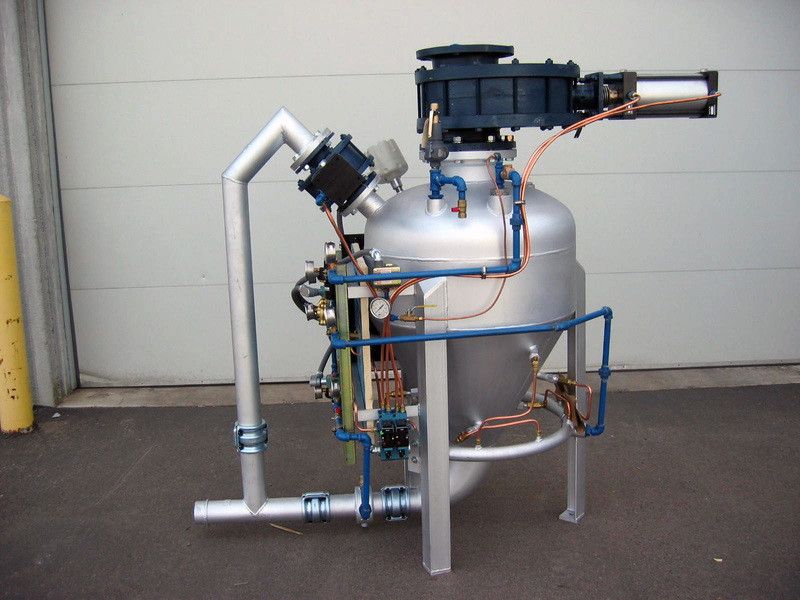 Pneumatic Conveyors
Pneumatic Conveyors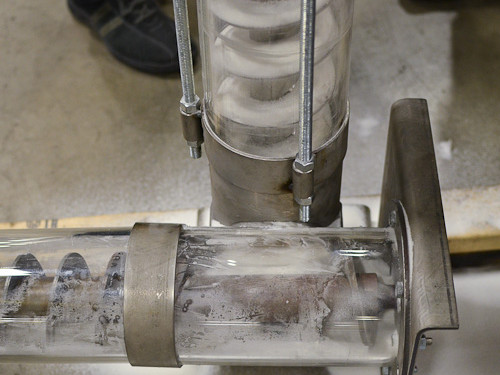 Screw Conveyors
Screw Conveyors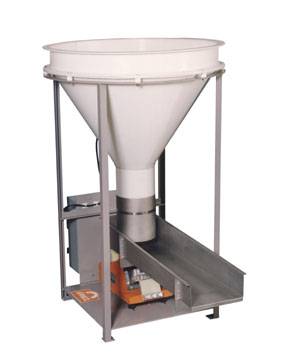 Vibratory Feeders
Vibratory Feeders Weighing Systems & Scales
Weighing Systems & Scales Castings & Forgings
Castings & Forgings Bulk Material Handling
Bulk Material Handling Electrical & Electronic Components
Electrical & Electronic Components Flow Instrumentation
Flow Instrumentation Hardware
Hardware Material Handling Equipment
Material Handling Equipment Metal Cutting Services
Metal Cutting Services Metal Forming Services
Metal Forming Services Metal Suppliers
Metal Suppliers Motion Control Products
Motion Control Products Plant & Facility Equipment
Plant & Facility Equipment Plant & Facility Supplies
Plant & Facility Supplies Plastic Molding Processes
Plastic Molding Processes Pumps & Valves
Pumps & Valves Recycling Equipment
Recycling Equipment Rubber Products & Services
Rubber Products & Services